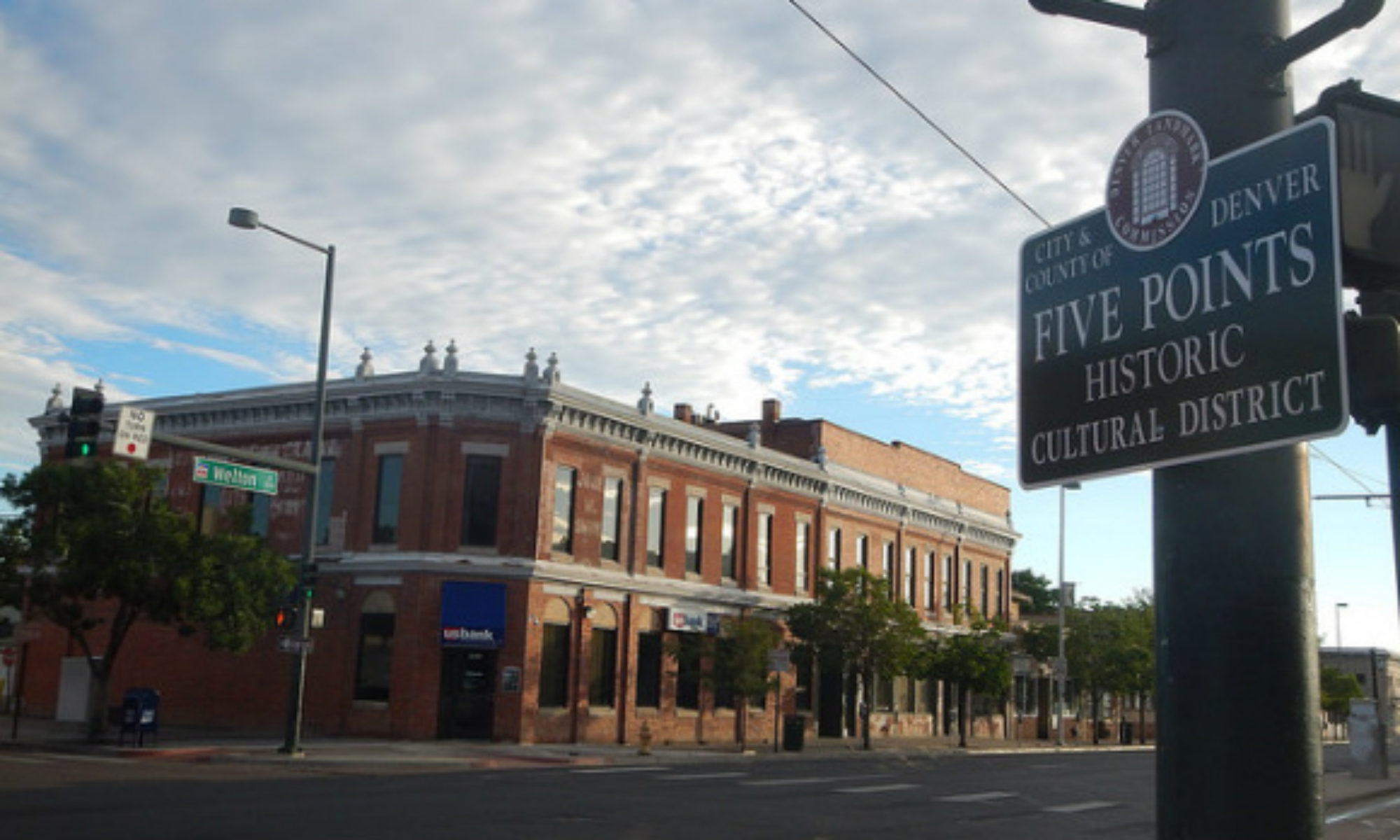
In September 2012, the Denver City Council adopted the Welton Corridor Urban Redevelopment Plan (WCUR), which established the Welton Corridor Urban Redevelopment Area. The redevelopment area is bounded by Broadway Street on the west, Glenarm Place and 24th Avenue on the south, Downing Street on the east and by California Street or the alley between Welton and California Streets on the north. With support from the Five Points Business District and the Mayor’s Office of Economic Development, and incorporating recommendations from the 2011 Northeast Downtown Neighborhoods Plan and the Welton Corridor Urban Redevelopment Area, the WCUR encouraged new development inside the corridor, taking advantage of Five Points’ advantages to business: its location close to downtown, ready access to light rail, and its rich history. The area for all of these reasons has become a very attractive investment.
The core redevelopment area includes comprises some 85 acres located just northeast of downtown Denver,centered around Welton Street. It is also important to note that the Five Points / Welton corridor is one of the few areas in Denver designated for mixed use zoning, incorporating a mix of housing, retail and other uses.



